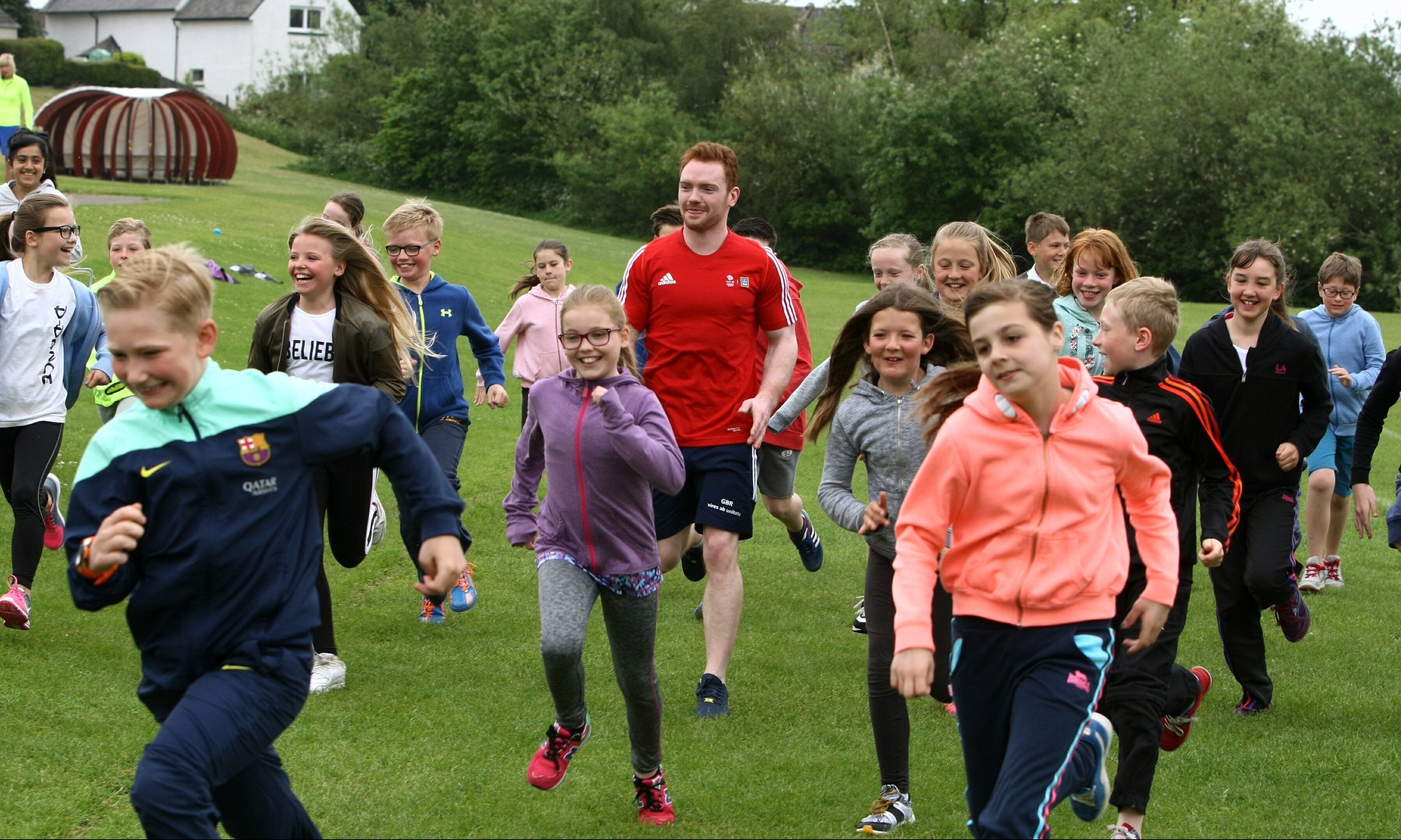New figures show a quarter of primary one pupils in Angus schools don’t have a body mass index (BMI) rating within a healthy weight range.
The proportion of youngsters with healthy BMIs has fallen for the past two years.
Former head teacher and Montrose councillor David May has described the figures as a “real concern”.
He added: “A youngster with an unhealthy BMI at this age could, if not tackled, lead to health risks in the short term and longer term.
“Parents must take responsibility for this and take action as soon as possible.
“It is clear that obese children are more likely to become obese adults and this is associated with a number of serious health conditions including heart disease, diabetes, and some cancers.
“However, less well-known is that there are health risks associated with children being underweight. They have an increased chance of osteoporosis and are less likely to be fit and active, which would also increase their cardiovascular risk.”
The figures, contained within an Angus Council report, show that the proportion of primary one children in Angus with a healthy BMI decreased from 78.3% of pupils in 2012/13 to 75.8% in 2014/15.
A council spokesman said the risks associated with unhealthy food and drink are taught in schools.
He said: “Our health and wellbeing learning programmes includes information and guidance that help our young people to make healthy choices.
“School meals are provided by Tayside Contracts and meet national nutritional standards.
“Ensuring effective physical education and activity is a key focus and various initiatives take place within our schools throughout the year.”
The spokesman added most schools encourage children to complete a ‘daily mile’ — walking, jogging or running a mile with their classmates in the playground.
“This is aimed at improving young children’s fitness and wellbeing and is being undertaken by more than 20 of our schools,” the spokesman added.
North East Scotland MSP Jenny Marra said obesity was one of the biggest problems facing society and the NHS.
She said: “Parents are the biggest influence on children and their habits which children copy are critical.
“The UK government recently released a child obesity strategy which was thin in its recommendations.
“Another is due out from the Scottish government soon and I would hope to see restrictions on advertising foods and other bold ideas that might make a difference.”
A Food Standards Scotland report published last year showed that nationally a third of children and around two-thirds of adults are currently overweight or obese.
The same report by the government department also showed that in Scotland a third of P1 children had obvious diet-related dental decay in 2014 and forecasts that, unless things change, 40% of adults in Scotland could be obese by 2030.
A spokesman said: “At the beginning of September, Food Standards Scotland launched a thought-provoking healthy eating campaign aimed at encouraging people in Scotland to reduce the number of unhealthy snacks we eat.
“The campaign addresses the country’s diet-related poor health and obesity record by drawing attention to the uncomfortable truth that people in Scotland are potentially damaging their future health by over-indulging and ‘treating’ themselves and their children too often with unhealthy and unnecessary snacks.”










